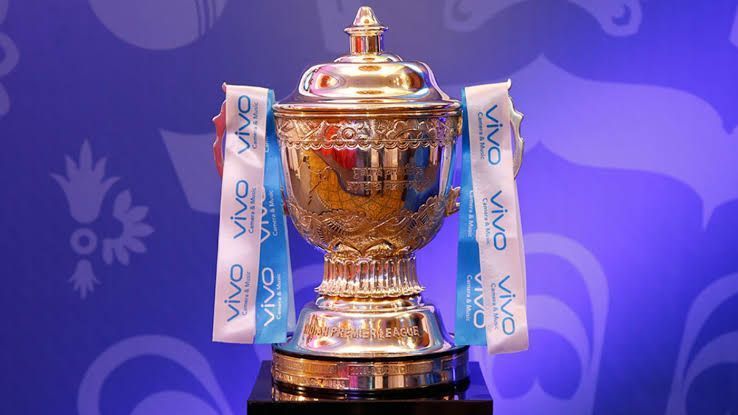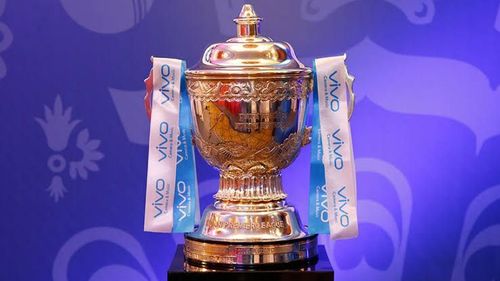
Transition and flexibility key in the Indian Premier League

As far as T20 is concerned, changes have taken place in technique and shot-making, and as a consequence, in the kind of balls delivered by bowlers, which indicates how flexible the men with the cherry have become. When the mind is accepting, changes in execution are inevitable and easier. And as it turns out always, some players made the transition better than others.
When the IPL first started, players prided themselves in not letting the bowler get them out. That is how the likes of Dravid, Kallis and Chanderpaul had been taught the game, and that is how they became great players. Their assessment of risk was precise and so they were very good at deciding which balls to play and which to leave. But in a T20-ball game, you could not leave too many and so you were forced to play shots that your risk assessment system would have rebelled against.
How could they come to terms with the fact that the price they placed on their wicket was not only diluted but that the dilution was welcome and necessary? Worse still, their ability to bat for a day - and - a - half was irrelevant. lt was actually weighed unfavorably towards someone who could find bizarre gaps in a 20 - ball innings.
Some adjusted, found new roles for themselves but some others were so ingrained into their set ways that they lost out on the revolution. Rahul Dravid's was a interesting evolution. He decided to open the batting, ensure there was no early wicket lost and at the point where his strike rate could become a liability, he took the price off his wicket. Accepting that it was okay to get out thereafter was a giant leap for Dravid as it was for many players who grew up with his cricketing upbringing.
Anil Kumble said that he initially looked upon T20 as easy because he was used to bowling 30 overs in a day and now only had to bowl four. He says he realized quickly that you do not bowl four overs, not even one over but, essentially, one ball at a time. You cannot lull a batsman into your trap and get him out three overs later because by then someone else would be bowling. Like Dravid, he made the transition beautifully, but only after he had accepted the colossal change to his thought process.
As part of the change, players had to get used to being accountable to a different set of people too. For ages, players were held accountable by the selectors, maybe the captain, by the cricket boards at best. Now they were being assessed by people who did the numbers on return on investment. It was a metric that was unheard of in the game but which, as the IPL rolled on, would become a primary tool to assess players and which would determine whether or not a contract was renewed. A lot of players who tended to look down on the people in suits found that they were in fact the new bosses.
For many years, every cricketer in the team had been paid the same amount of money. Then contracts arrived and seniority and performance became factors in classifying players. Even then, your value was often in direct proportion to your current skill and differences in remuneration were actually an incentive to get better. In the IPL, because of the scarcity of certain types of players, and the need to play no more than four overseas players, there were huge variations in the kind of money that colleagues were earning. A player earning 10 crores may be batting alongside someone earning 10 lakhs. Worse still, a legend could be earning 2 crores and a far lesser player could be earning three times the money.
The possibility of fissures within the team was enormous and part of the leader's job was to maintain the right spirit within the team. One year, after Chennai Super Kings had won the IPL, M S Dhoni said he was happiest at the fact that even though many good players had to be on the bench, the team spirit was positive.
Rather sadly, young, relatively untested players who got huge amounts in the auction because their skill was suddenly in the scarcity, found themselves living under the burden of their incomes which, as it turns out, they had not asked for but had accidentally got. They believed they had to live up to their current valuation; everybody was talking about it, newspapers were measuring returns they were offering and to that extent they were like an over-priced stock. So, before they took the field, they were already a wreck, playing now to justify their cost rather than simply for joy and excitement of taking wickets or scoring runs.
The pressure was coming from elsewhere and quite a few players who were fortunate to land such life - changing contracts could not cope and fizzled out.
It also took time to come to terms with the fact that players you had played against were now team-mates with whom you conferred on how to get out one of your erstwhile colleagues, and maybe a friend. Virender Sehwag and Shoaib Akhtar had a fairly well - known and colorful rivalry when they played against each other for India and Pakistan. But then, Shoaib came to play for the Kolkata Knight Riders (KKR) and his Indian team - mates could have been forgiven, at least initially, for having conflicting thoughts when he ran in to bowl to Sehwag of Delhi Daredevils.
Certainly, Yuvraj Singh was ruffled enough in the first season of the IPL when he was booed by the Mumbai crowd (when he played against the Mumbai Indians) to say 'I am an Indian player too'. But, he wasn't there in that role. Therefore transition and flexibility is very important in T20 leagues like this.